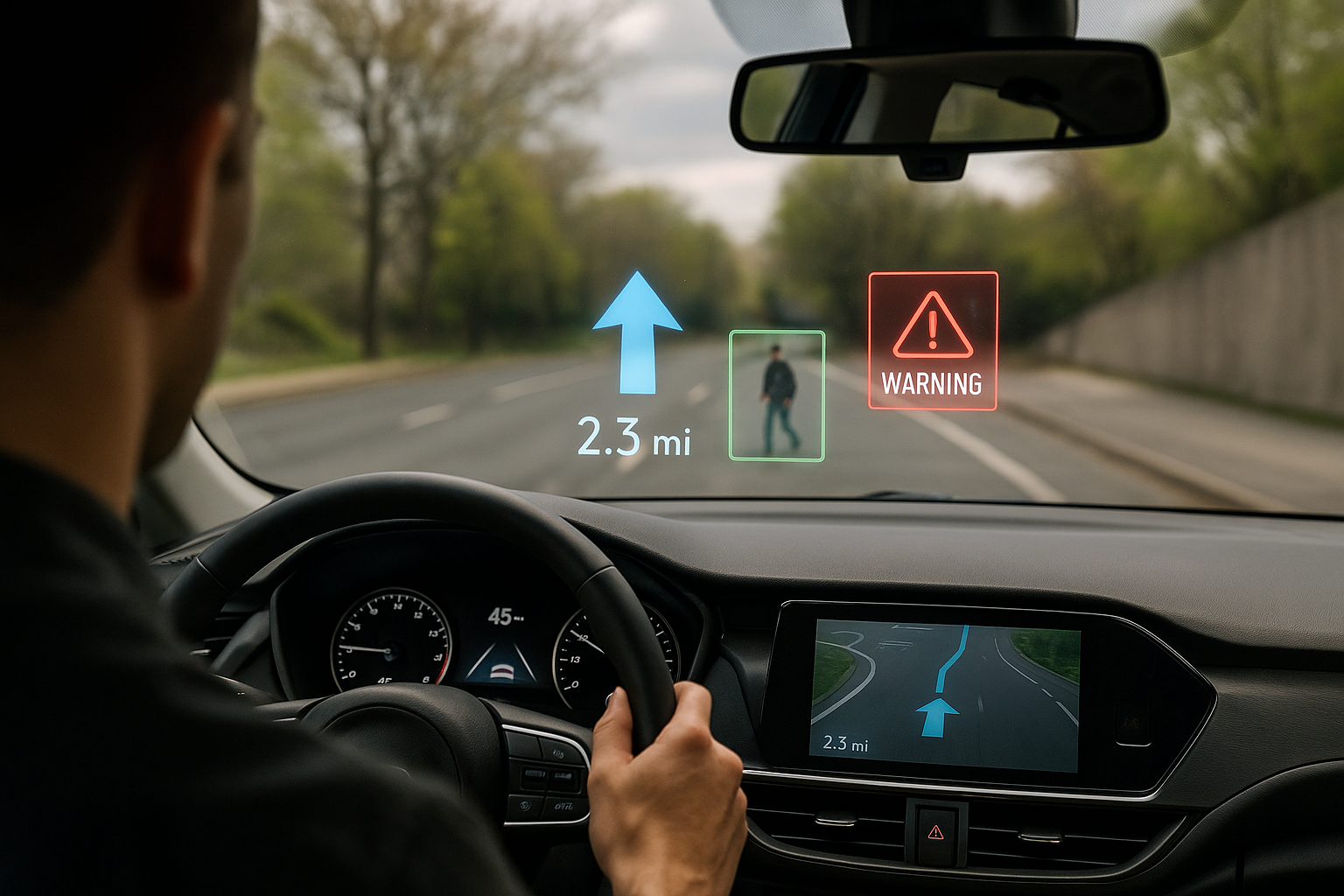Steering the Future: The Role of Augmented Reality in Modern Cars
The thrilling world of automotive technology is expanding rapidly, making way for impressive innovations that blend the digital and physical realms. One such advancement is the use of Augmented Reality (AR) in modern cars. This technology is enhancing the driving experience, offering a new dimension of interactive functionality.

Tracing the AR Journey in Automotive Industry
Augmented reality isn’t entirely a new concept in the automotive industry. It traces its roots back to the early 2000s when car manufacturers started exploring its potential in vehicle design and manufacturing processes. However, it wasn’t until the last decade that AR began to make its way into our vehicles, adding a layer of digital information onto the physical world.
AR technology utilizes a combination of sensors and cameras to overlay digital images onto the real world, enhancing the driver’s perception of the environment. Over the years, it’s been fine-tuned to provide accurate, real-time information, making it a critical tool in shaping the future of automotive technology.
Current Implementation and Industry Trends
While AR is still on its journey to widespread adoption, some car manufacturers have already started integrating it into their latest models. AR is being used in various practical applications, such as navigation systems, where it overlays directions directly onto the windscreen, eliminating the need for the driver to look away from the road.
Moreover, AR has the potential to significantly enhance safety by projecting warnings about potential hazards directly in the driver’s field of view. This technology can identify and highlight pedestrians, cyclists, or obstacles, aiding the driver’s decision-making process in challenging situations.
The Impact and Benefits of AR in Cars
The integration of AR in cars brings a new level of interaction and convenience. It not only improves navigation but also enhances safety and reduces distractions, contributing to an overall better driving experience.
AR can also assist drivers in understanding their vehicle better. For example, some manufacturers are developing AR owner’s manuals that allow users to point their phone at a particular part of the car to receive information about it.
Challenges and the Road Ahead
While the benefits of AR are undeniable, the technology faces challenges that need to be addressed. The primary concern is the accuracy and reliability of AR systems. Any discrepancy between the digital overlay and the real world can lead to confusion, defeating the purpose of the technology.
Furthermore, designing interfaces that are intuitive and non-distracting is a significant challenge. The goal is to provide useful information without overwhelming the driver.
Despite these challenges, the future of AR in cars looks promising. With continuous advancements, we can expect more sophisticated AR applications that will revolutionize the way we perceive and interact with our vehicles.
In Conclusion
Augmented Reality is steering a new course for the automotive industry. As it becomes more integrated into our cars, it holds the potential to transform our driving experience, making it safer, more interactive, and enjoyable. While there are challenges to overcome, the journey of AR in the automotive industry is only just beginning, and the road ahead is filled with exciting possibilities.




